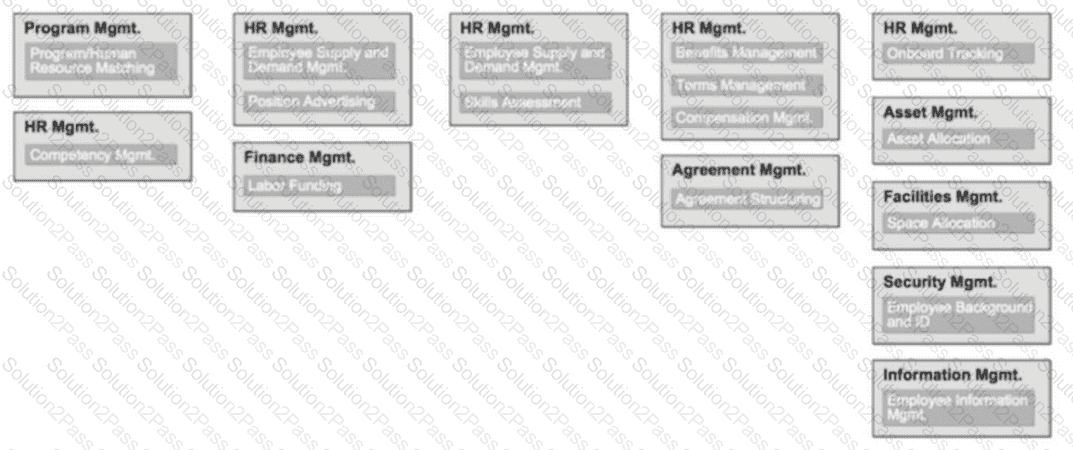OGBA-101 The Open Group TOGAF Business Architecture Foundation Exam Free Practice Exam Questions (2025 Updated)
Prepare effectively for your The Open Group OGBA-101 TOGAF Business Architecture Foundation Exam certification with our extensive collection of free, high-quality practice questions. Each question is designed to mirror the actual exam format and objectives, complete with comprehensive answers and detailed explanations. Our materials are regularly updated for 2025, ensuring you have the most current resources to build confidence and succeed on your first attempt.
Consider the following descriptions of deliverables consumed and produced across the TOGAF ADM cycle.

Complete the sentence. Deliverable 1 Is an output from the________________ , deliverable 2 is a companion to the_________________
Which of the following best describes "value” in the context of Business Architecture?
Complete the sentence A business capability is_________________________________.
Which of the following lists the components of a business capability?
Question: Which of the following best describes a business capability map?
Which of the following best describes the relationship between business models and business architecture?
What can be introduced to formalize a joint agreement between development partners and sponsors on the deliverables, quality, and fitness-for-purpose of an architecture?
In what TOGAF ADM phase should the architect locate existing architecture descriptions to create an information map?
Which approach to modeling business value is designed to create and end-to-end perspective of value from the customer's perspective?
What Business Architecture concept is most related to an information Map?
Consider the following output from Phase A:
 What is this an example of?
What is this an example of?
Consider the following statements:
Groups of countries, governments, or governmental organizations (such as militaries) working together to create common or shareable deliverables or infrastructures
Partnerships and alliances of businesses working together, such as a consortium or supply chain
What are those examples of according to the TOGAF Standard?
In what TOGAF ADM phase is the organization map linked built out with the detail and relationships to overviews in order to understand the needs of the organization?
Which of the following is the element of a value stream stage that describes the end state condition denoting the completion of the value stream stage?
In Phases E and F, what deliverable Includes actions from the Business Transformation Readiness Assessment?
When developing a Business Architecture, which of the following best describes the approach to take If no Architecture Descriptions exist?
Which of the following best describes the purpose of Business Scenarios?
Which of the following best describes a benefit of business models?
